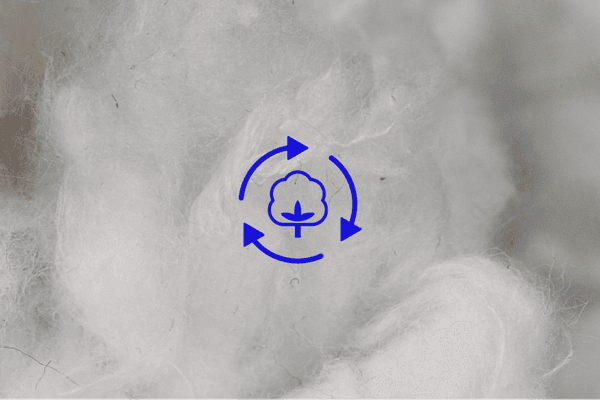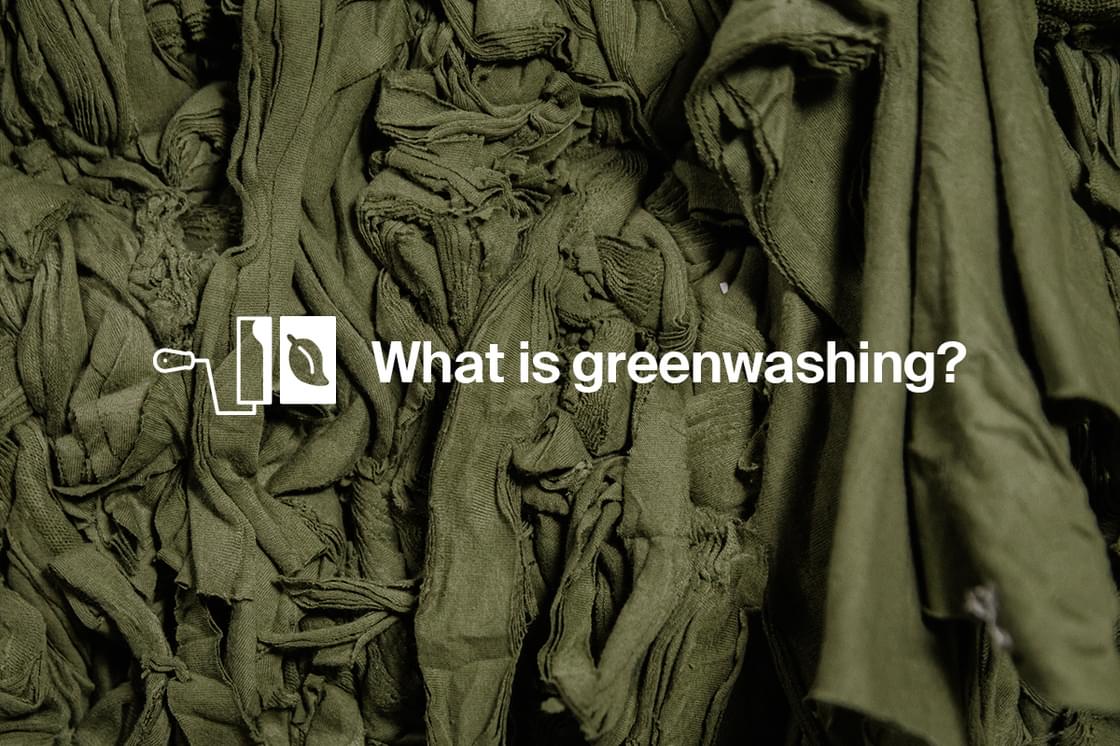Recycled cotton & textile circularity

Site map
As society has shifted towards being more environmentally aware, consumer preferences have also moved towards more environmentally friendly goods and services. This shift has pressed companies to adopt more sustainable practices to not lose out on customers. However, it has also seemed to cause a corresponding increase in the number of companies that try to appear “greener” than they are by making misleading environmental claims. This is called greenwashing.
The false green credentials made by companies include targets to reach ‘sustainable’, ‘preferred’, ‘sustainably sourced’ or ‘sustainably made’ materials – criteria that are often only loosely defined and constitute unsubstantiated claims that mislead consumers.

As consumers we must be aware of companies attempts to greenwash and learn how to spot it. Unfortunately, there's no simple way to identify if something really is sustainable without doing some background research on the company selling the product and the product itself. Three of the main ways to avoid greenwashing are:
At Recover™ we aim to avoid greenwashing by providing the market transparency regarding our environmental and social commitments, performance and progress on our website, social media, and annual sustainability report. We substantiate our sustainability claims with data that is third party verified wherever possible and we translate it into concepts that the consumer can understand, like displaying water savings in terms of number of showers for example. Whilst on our hangtags we include scannable QR codes to direct consumers to learn about Recover’s sustainability and savings.
Find out more about our sustainability: recoverfiber.com/sustainability